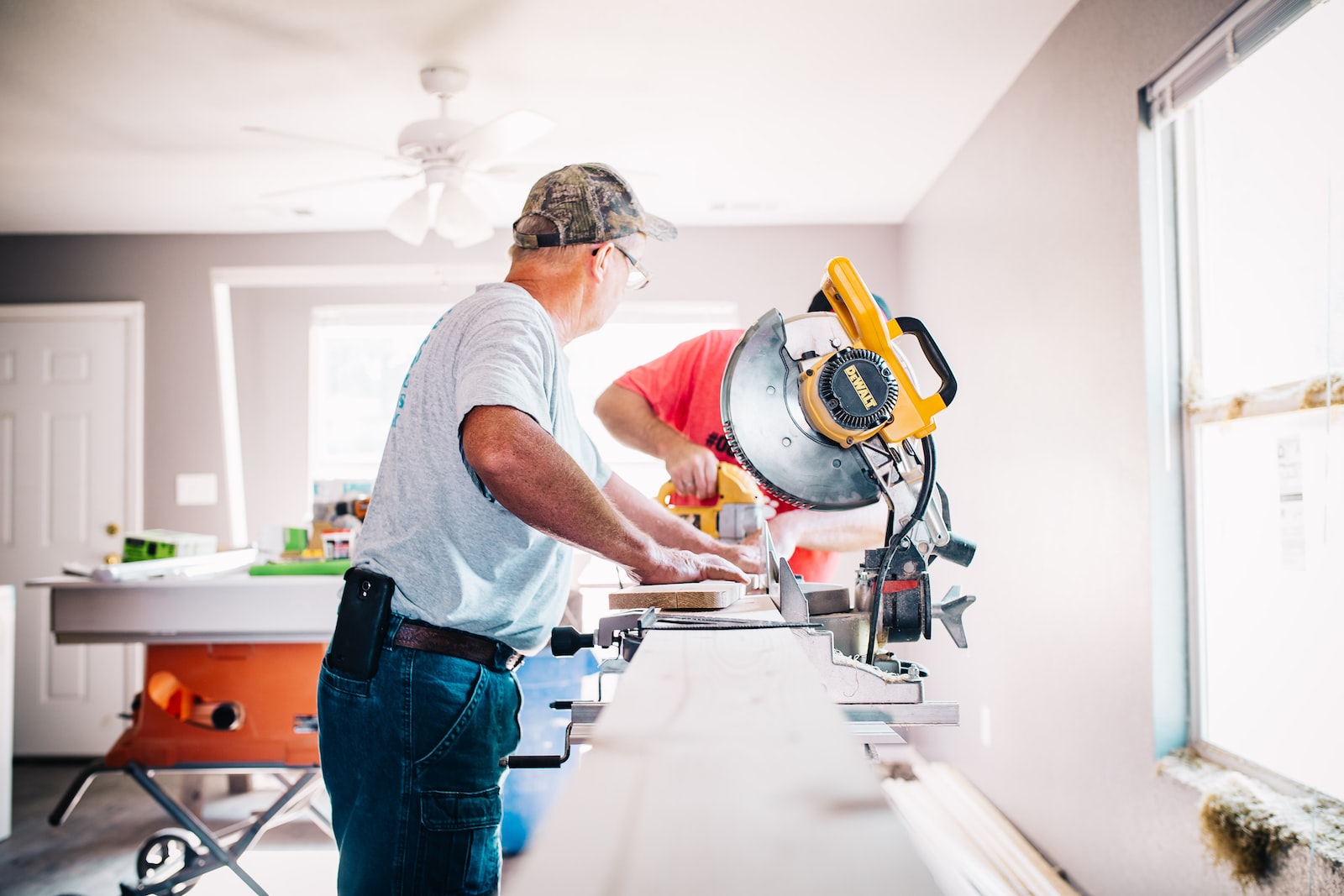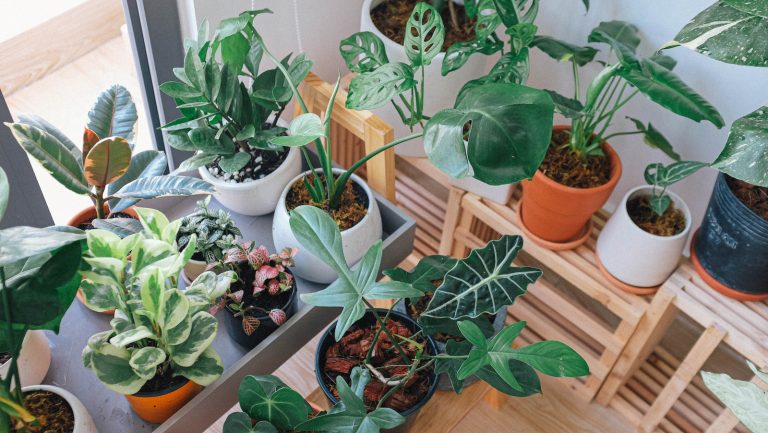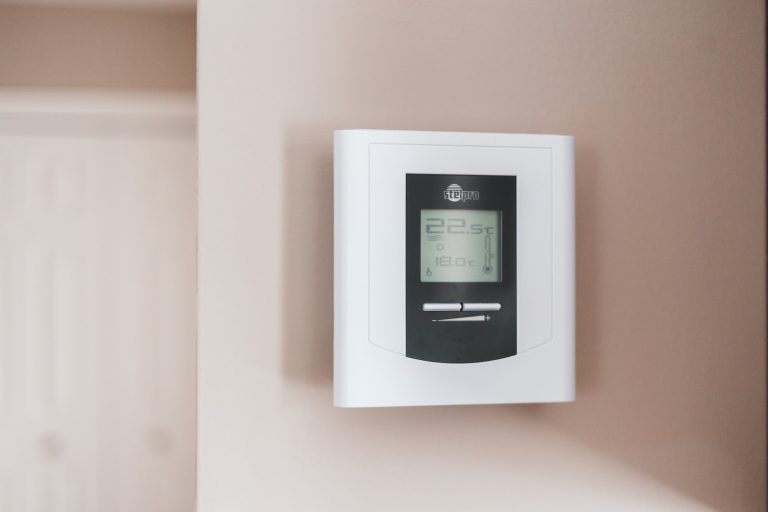Tips for DIY Home Maintenance Projects

Welcome homeowners! Are you in need of some home maintenance but don’t want to pay a professional? Look no further than our DIY tips and tricks. No matter your skill level, we have projects for everyone that will keep your home in tip-top shape without breaking the bank.
From fixing leaky faucets to painting walls, our guide has got you covered. So grab your tools and let’s get started on turning your house into a well-maintained oasis!
DIY Projects Overview
As a responsible homeowner, it’s important to stay on top of home maintenance and repairs. Not only does this help keep your home in good condition, but it can also save you money in the long run.
While some home maintenance tasks are best left to the professionals, there are plenty of others that you can easily do yourself. With a little time and effort, you can tackle many common home maintenance projects on your own. Here are a few tips to get you started:
- Start with small projects: If you’re new to DIY home maintenance, start with small projects that don’t require a lot of time or specialized skills. For example, changing air filters or cleaning gutters are quick and easy tasks that anyone can do.
- Create a schedule: Once you have a few basic DIY home maintenance tasks under your belt, create a schedule for yourself so you don’t forget anything important. Add monthly tasks such as checking your smoke detectors and yearly tasks like having your HVAC system serviced.
- Keep an eye on problem areas: Pay attention to areas of your home that seem to need more frequent attention. This could be anything from a dripping faucet to peeling paint. By keeping an eye on these problem areas, you can nip any potential issues in the bud before they become major problems.
- Invest in the right tools: Having the proper tools can make all the difference when it comes to DIY projects. Invest in high-quality items that are made to last and will help you get the job done right.
By following these tips, you’ll be well on your way to tackling home maintenance projects with confidence. With a little practice, you’ll soon be a DIY pro!
What Are DIY Home Maintenance Projects?
As a homeowner, you are responsible for the upkeep and maintenance of your home. While some tasks may be best left to professionals, there are many home maintenance projects that you can do yourself with a little guidance.
Here are some tips for successful DIY home maintenance projects:
- Have a plan. Before starting any project, it is important to have a plan and know what you need to do. Make a list of all the tasks you need to complete and gather all the materials and tools you will need. This will help you stay organized and avoid potential problems down the road.
- Take your time. Rushing through a project can lead to mistakes being made. Take your time and focus on doing the job right rather than rushing to finish it.
- Do your research. Not every home maintenance task is easy or straightforward. If you are unsure about how to complete a certain task, do your research beforehand so that you know what to expect and can be prepared for any challenges that may come up.
- Get help if needed. There is no shame in admitting that you need help with a project. If you are struggling, reach out to friends or family members who may be able to offer assistance or advice. You can also hire a professional if needed.
By following these tips, you can successfully tackle many different home maintenance projects on your own, saving both time and money in the process!
Benefits and Risks of Doing Your Own Home Maintenance
Assuming you are comfortable and knowledgeable enough to take on a home maintenance project, there are several benefits to doing the work yourself. These benefits can include saving money on labor costs, getting the job done exactly how you want it done, and gaining a sense of accomplishment from fixing something around your house.
However, there are also risks involved with taking on a home maintenance project without professional help. These risks can include making the problem worse, injuring yourself in the process, or not having the right tools or materials for the job. Before beginning any home maintenance project, be sure to do your research and weigh the risks and benefits carefully.
Tools and Materials Needed
Assuming you have a basic toolkit already, for most DIY home maintenance projects you will need:
- A good quality hammer
- A screwdriver set
- A set of pliers
- A measure tape
- Level
- Chalk line
- Stud finder
- Safety goggles
- Ear protection
In addition to your tools, you will also need materials specific to your project. For example, if you are painting your kitchen, you will need paint, primer, paint brushes, etc. If you are replacing your kitchen countertop, you will need countertop material, adhesive, etc. Make sure to consult your project instructions to determine what materials you will need.
Essential Tips for DIY Home Maintenance Projects
- Before you start any home improvement or maintenance project, be sure to have a clear plan and budget in place. This will help you avoid any costly surprises along the way.
- If you’re not confident in your ability to complete a project, it’s always best to hire a professional. Not only will they be able to get the job done right, but they’ll also be able to advise you on the best materials and methods to use.
- Be sure to take proper safety precautions when working on any home project. This includes wearing protective gear and using caution when working with power tools or chemicals.
- When working on projects that require plumbing or electrical work, be sure to turn off the relevant utilities before starting. This will help prevent any accidents or damage to your home’s systems.
- Always clean up after yourself when completing any home improvement or maintenance project. This includes putting away all tools and materials, and disposing of any waste properly.
Troubleshooting and Repair Tips
If you’re a do-it-yourselfer, you know that feeling of accomplishment when you finish a home maintenance project. But sometimes, things don’t go as planned. Here are some troubleshooting and repair tips to help you out when things go wrong.
- If your paint job isn’t turning out the way you wanted, it might be due to the type of paint you used. If you’re using a water-based paint, make sure you’re using the right primer. If you’re using an oil-based paint, make sure the surface is properly prepared before painting.
- If your new tile floor is cracking, it could be because the subfloor wasn’t properly prepared. Make sure the subfloor is clean, level, and dry before installing tile.
- If your toilet is leaking, check the flapper valve to see if it needs to be replaced. Also, check the water level in the tank to make sure it’s not too high or low.
- If your sink is clogged, try using a plunger first. If that doesn’t work, you may need to use a Plumber’s Snake or other type of drain cleaner.
Recommended Practices to Follow When Doing DIY Projects
There are a few recommended practices to follow when taking on any DIY project around the home.
First, be sure to have a clear understanding of what the project entails. This means reading all instructions thoroughly and doing your research ahead of time.
Second, always use the proper tools and safety gear for the job. This will help ensure a successful outcome and keep you safe in the process.
Third, take your time and be patient. DIY projects can sometimes be challenging, but rushing through them will only make things worse.
Lastly, don’t be afraid to ask for help if you get stuck. There are plenty of resources available (including this blog!) to get you through even the toughest DIY projects.
Conclusion
Home maintenance DIY projects can provide homeowners with the satisfaction of knowing that their one-time efforts have lasting results. With some research and guidance, you will be well on your way to properly maintaining and even improving your home. Don’t forget that tackling a home repair job yourself can save significant time and money in the long run—so go ahead, roll up those sleeves as soon as possible!

Emma is a talented writer and enthusiastic gardener who shares her passion for plants and gardening on HomeGardenBlog.com. With years of experience in home gardening, Emma has become an expert in everything from planting and harvesting to pest control and soil management.






